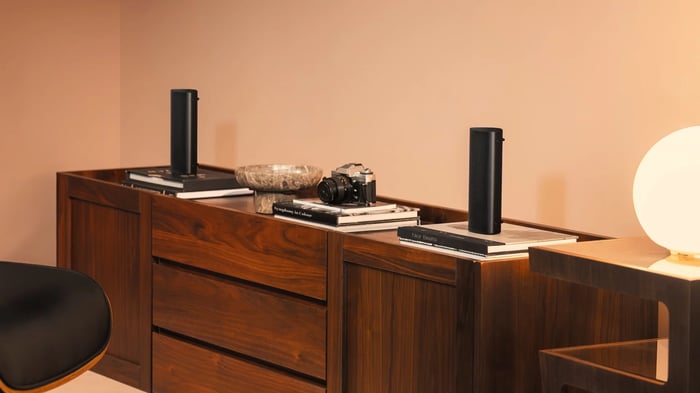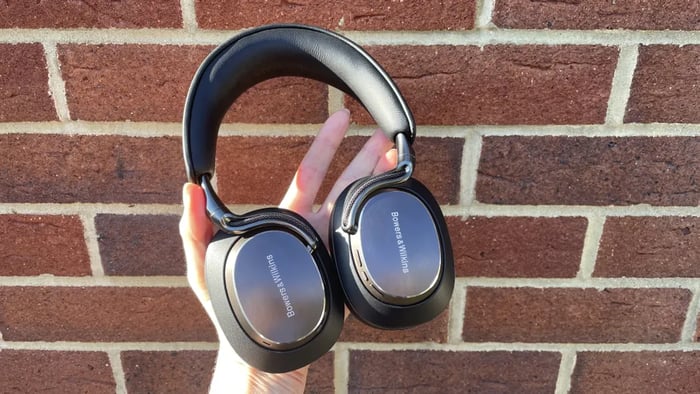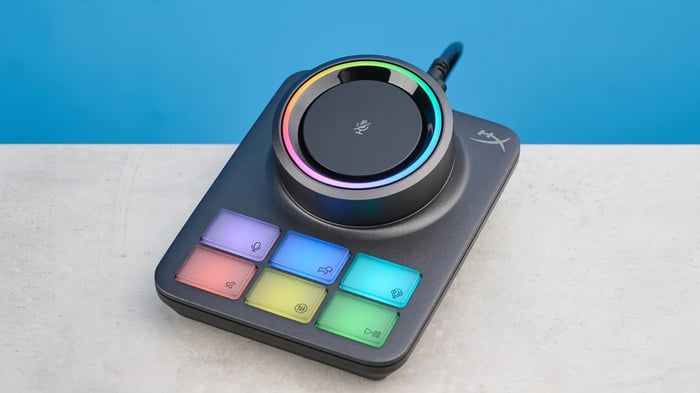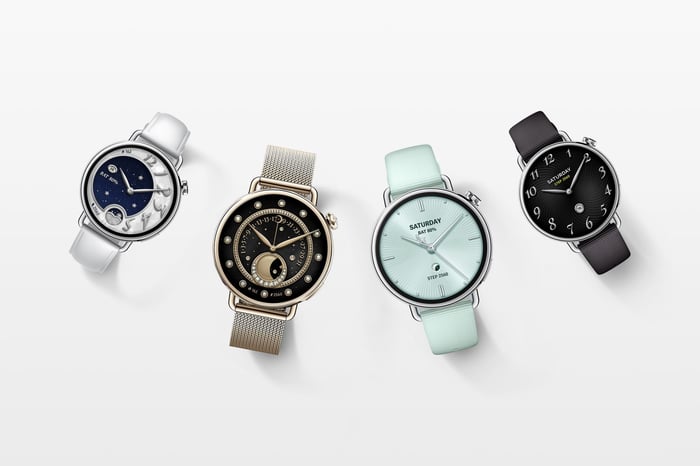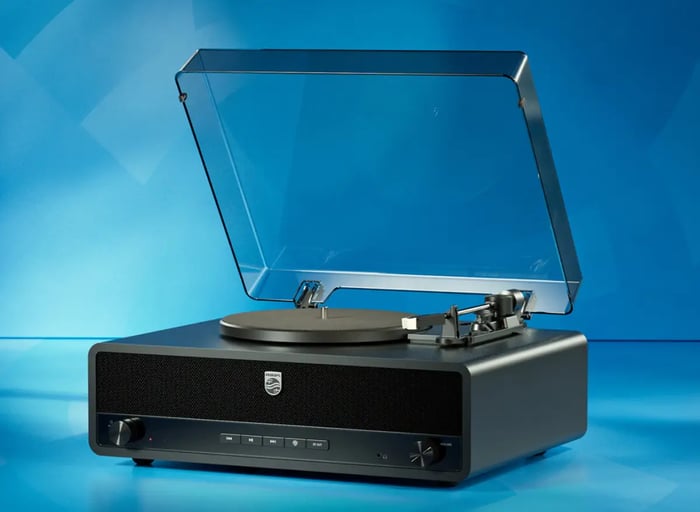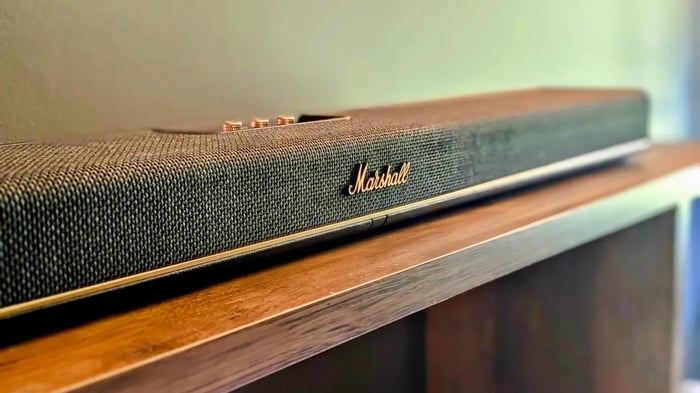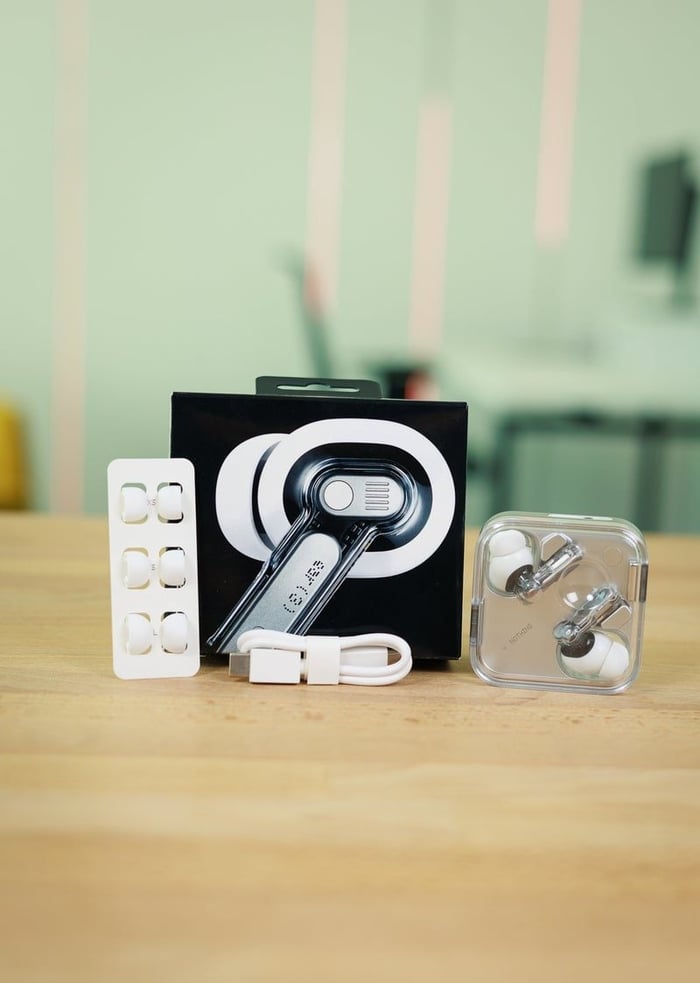
Nothing Ear (3) Review: Unique Microphone and Controversial Sound Quality
Nothing Ear (3) Review: Unique Microphone and Controversial Sound Quality
Explore the Nothing Ear (3) earbuds featuring a distinctive microphone and a sound profile that sparks debate among audiophiles.
A Fresh Take on the Nothing Ear Series
Nothing has returned with a shiny new set of premium in-ear earbuds. You might remember their very first product: the Nothing Ear (1). Now, they’re pushing the envelope further with the fourth generation, the Nothing Ear (3). Yes, the numbering is a bit tangled — after the Ear (2), they dropped the number for a release, and now they’ve circled back to the original naming style. To clarify: the sequence goes Nothing Ear (1), Ear (2), Ear (no number), and now Ear (3).
So, what’s new? Did this already solid product need an upgrade? The star features of the Nothing Ear (3) include a refreshed 12-mm custom driver and a novel Super Mic positioned right on the charging case. Other premium perks, like personalized sound profiles and an advanced equalizer, debuted with the Ear (2), and spatial audio has been a part of the lineup since the third generation. The big question remains: is it worth upgrading to the Nothing Ear (3), and do they truly improve on the winning formula?
Quick Specs Summary of Nothing Ear (3):
- Same stylish design with metallic accents
- 12-mm dynamic driver for rich sound
- Powerful yet tight bass, punchy transients, sharp highs
- Feature-rich advanced equalizer via the app
- Squeeze-control on the earbuds’ stems
- Fixed spatial audio experience
- Bluetooth multipoint supports connection to two devices
- Available in black and white
- IP54-rated water and dust resistance for earbuds and case
Technical Specs Overview
| Feature | Details |
| Color Options | Black, White |
| Audio Codecs | AAC, SBC, LDAC, fixed spatial audio |
| Noise Cancellation | ANC, Transparency Mode |
| Connectivity | Bluetooth 5.4, Multipoint, Fast Pair, Swift Pair |
| Battery Life | ANC on: 5.5 hours; ANC off: 10 hours; Case adds 16-28 hours |
| Protection Rating | IP54 (for earbuds and case) |
Compatibility and Audio Codecs
Nothing Ear (3) continues to play nicely with the vast majority of platforms. AAC support means iPhone users are covered, and most Android devices also support AAC. Want a sound upgrade? Switch to LDAC for high-res audio, but fair warning: it drains your battery faster. One drawback is the spatial audio is fixed — no head-tracking here. That might disappoint a few audiophiles, but honestly, the feature can be clunky anyway. If you’re a rare spatial audio devotee who relies on movement tracking, you’ll need to look elsewhere.
Design and Color Options
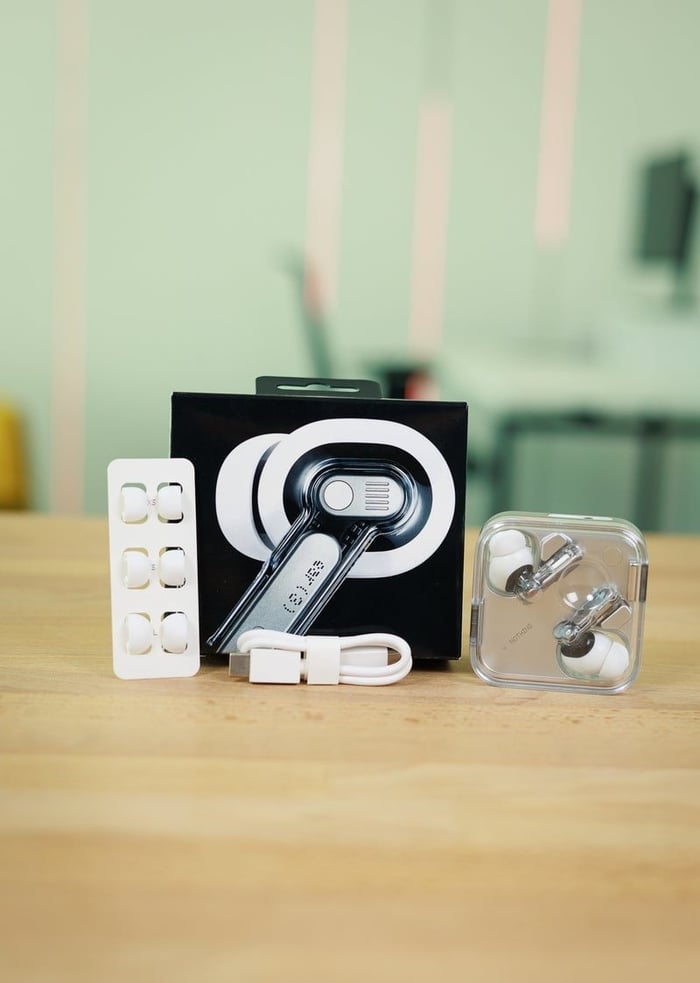
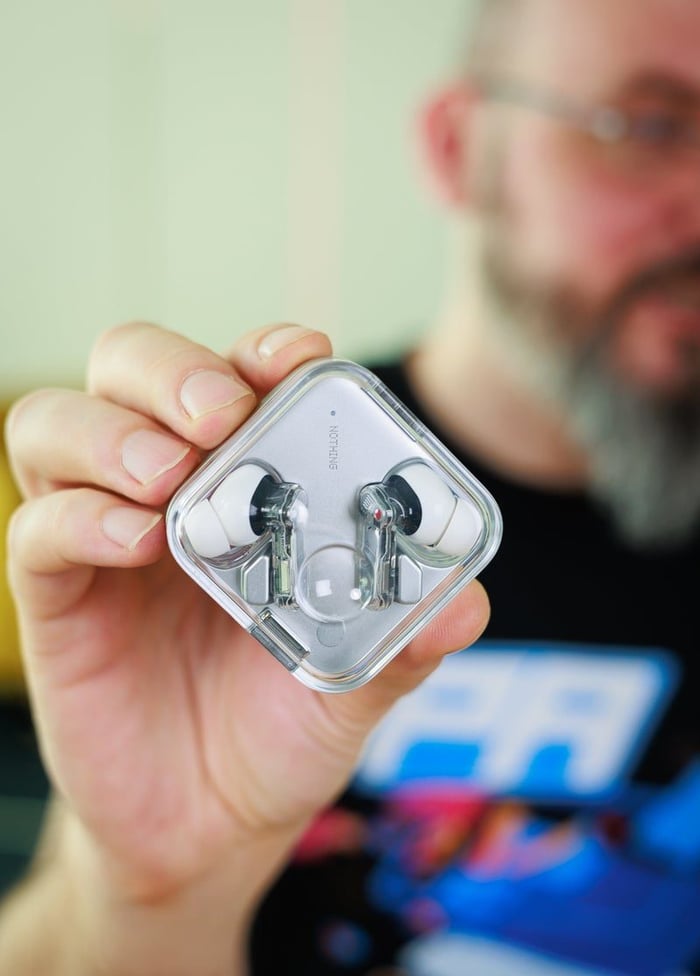
The Nothing Ear (3) sticks close to its predecessors in shape and fit but shines with fresh, glossy chrome highlights inside the buds. The charging case has also been upgraded with a metal plate base that complements this new aesthetic. The squeeze-activated stems are back — hands down my favorite control style on earbuds. A single squeeze plays or pauses; double squeezes adjust volume (right earbud up, left down); double squeeze skips forward; triple squeeze goes back. The app even lets you customize some gestures.
Four sizes of ear tips come in the box, including an XS size, which is great because not everyone’s ear is a one-size-fits-all deal. The comfort level scores well above average — they’re not fatiguing but don’t cling too tightly either. Personally, my right ear tends to push earbuds out over time, and Nothing’s aren’t the most secure for me, but a quick adjustment here and there keeps the music flowing.
You get just two color choices — classic black and pristine white — matching Nothing’s minimalistic style perfectly.
The case design echoes last year’s model, with a neat square shape that might feel slightly bulky if you want pocket-perfect portability. It’s wrapped in aluminum now and sports a new button to activate the Super Mic — the headline new feature we’ll dive into soon.
Sound Quality: A Bold, Energetic Character
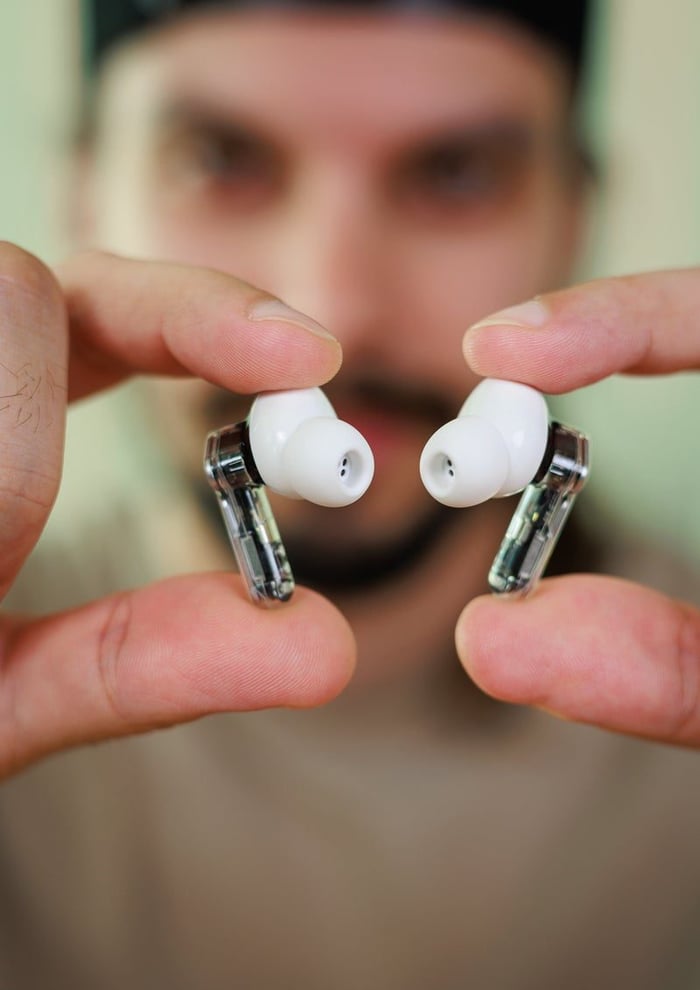
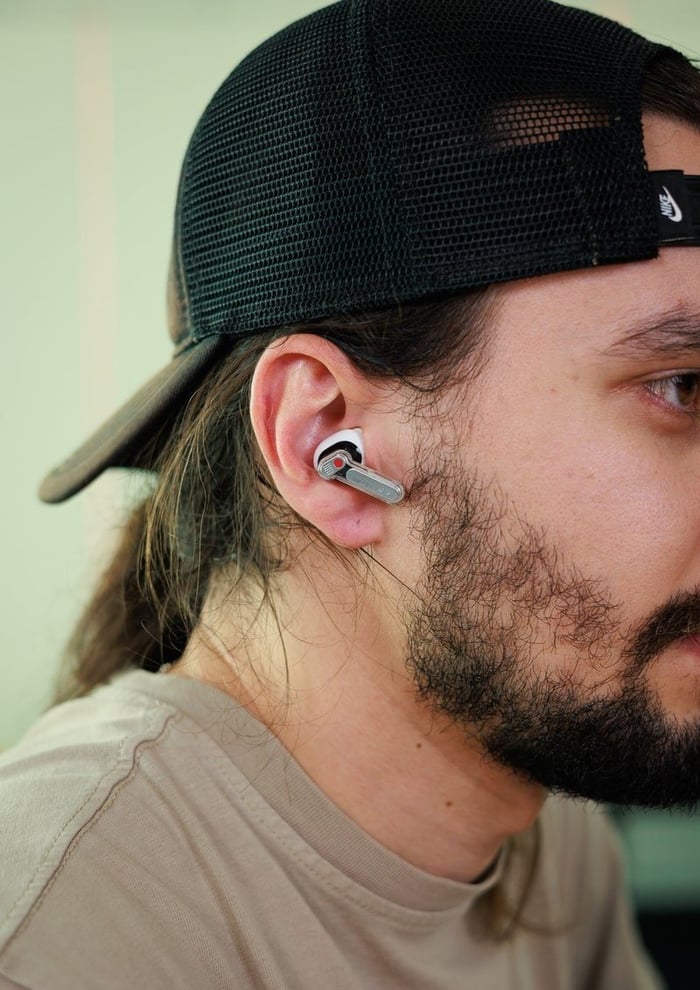
Original Nothing Ear (1)s were rough around the edges—flat sound with an annoying high-frequency hiss. Fast forward to the Ear (2), and the sound dramatically improved; they remain some of my all-time favorites, not because they’re perfectly balanced but because they pack attitude and vibrant character.
The unnamed third generation toned things down, pushing for a more balanced transparency in sound. Now with the Nothing Ear (3), featuring a beefier 12-mm driver (up from 11 mm), the promise is better frequency separation, deeper bass, and clearer highs. Of course, a larger driver alone doesn’t guarantee greatness — the tuning and acoustic design matter just as much.
And what a character these earbuds have! Perhaps too much. The bass is punchy, tight, and downright fun — it hits hard but with definition and clarity. Midrange dips slightly but stays audible enough to pick out instruments distinctly. Then come the highs — and here’s the rub: the default tuning produces a harsh, unpleasant bump around 3.5 kHz.
Luckily, the advanced equalizer in the Nothing X app lets you tame this beast. The community even shares EQ profiles via QR codes, which is a neat touch. I tweaked the 3.5 kHz band down by about 2.5 dB and boosted mids slightly to balance things out. The result? Energetic, responsive, and yes, a bit bright but enjoyable sound overall. I also applied a high-frequency shelf to soften the presence, and now they’re quite listenable. Still needs some tweaking, but I’m optimistic about dialing in the perfect tone.
Keep in mind Nothing often pushes firmware updates post-launch that improve sound over time. Past models sounded flat at release but got better with updates. I’m reviewing them as-is for now.
The soundstage isn’t huge but not cramped either. Instrument separation impresses, likely thanks to those 12-mm drivers, and vocals remain front and center in the mix.
Default AAC codec is fine, but you can switch to LDAC for hi-res audio. Honestly, I couldn’t detect a significant difference while streaming.
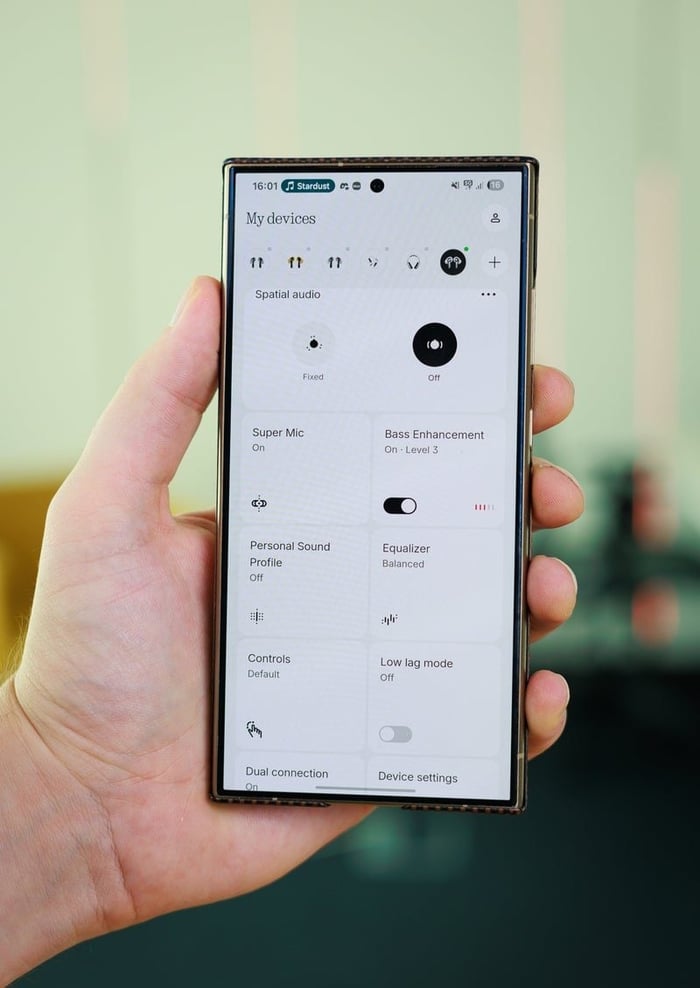
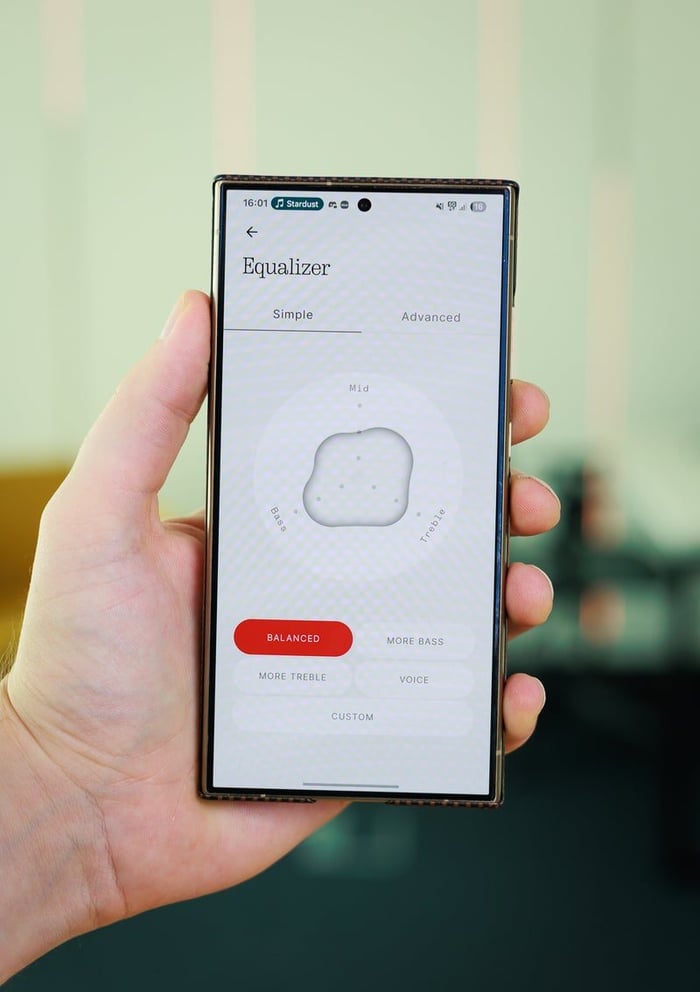
Super Mic in the Case: An Unexpected Gem
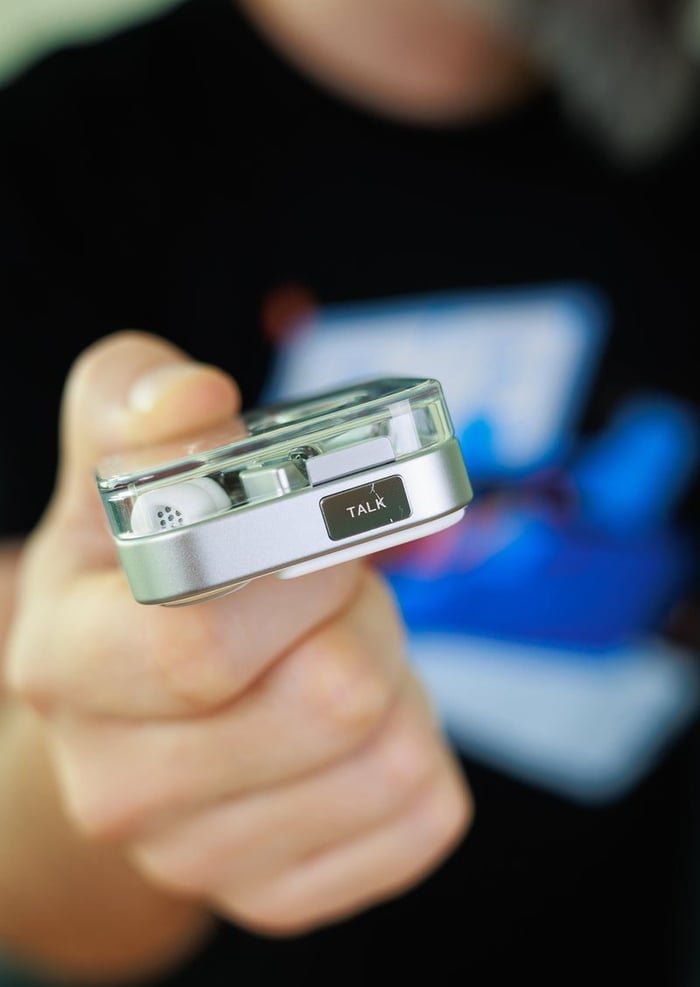
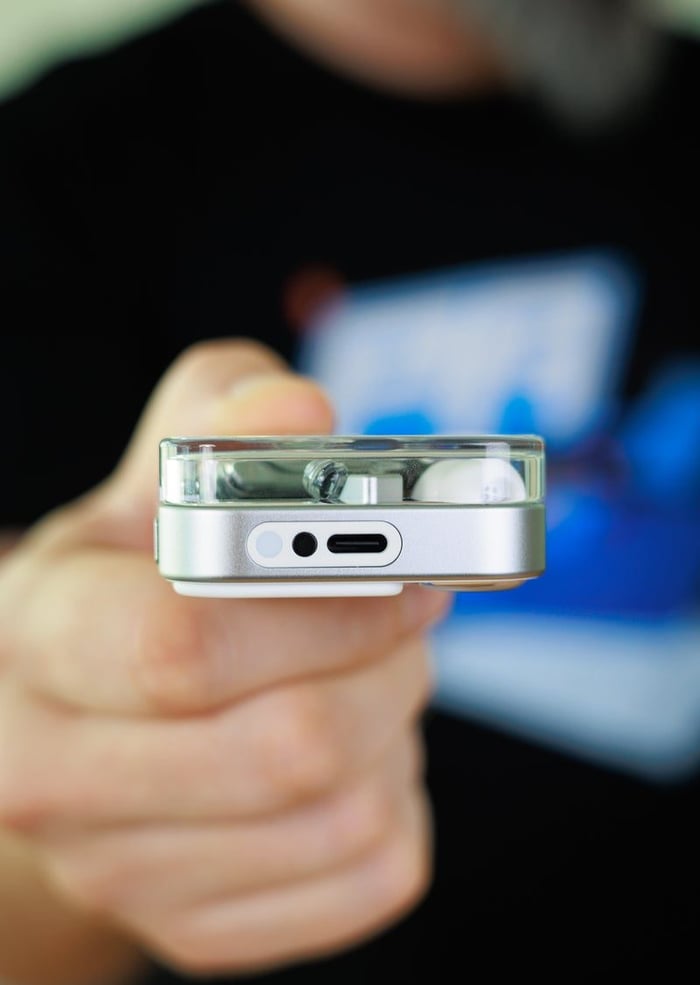
The standout new feature is the Super Mic embedded inside the case. The idea? When you’re in noisy, windy environments, simply press the button on the case, bring it close to your mouth, and speak into this powerful mic. Noise suppression is claimed up to -95 dB, which is impressive.
This mic can boost your voice for calls or voice memos, especially handy if you own a Nothing phone with the Essential Space feature. For this to work, earbuds must be in your ears and outside the case. The mic captures your voice, sends it via Bluetooth to the earbuds, and then to your phone.
I was skeptical — why not just use the phone’s mic? Marketing gimmick? Would the sound degrade with all these wireless hops? Then I tested it.
Though I haven’t been to a rock concert lately, I cranked up a noisy office espresso machine and recorded a voice memo first with the earbuds’ mic, then with the Super Mic. The difference was staggering. The Super Mic recording was rich, bassy, crystal-clear, as if I was in a quiet room. The earbuds’ recording sounded flat, muffled, and harder to understand due to aggressive noise cancelling.
So no, the Super Mic isn’t a gimmick. While its use cases might be niche, it’s a game-changer when your voice needs to cut through noise. Personally, knowing I can whip out the case for crystal-clear calls when people complain about my audio quality? Priceless.
I do wish there was a way to disable the “voice configuration” mode, as the mic seems capable of capturing other sounds but defaults to voice focus, filtering out everything else.
Noise Cancellation and Transparency
ANC on the Nothing Ear (3) is decent but not standout. It handles constant hums, like fans or air conditioning, but lets mid and high frequencies sneak through. You can still hear voices, traffic, and even espresso machines nearby. There are three ANC levels — low, medium, and high. Avoid the highest setting if you want untouched EQ curves, as it slightly alters sound.
The transparency mode is actually quite well done. Though upper frequencies are slightly cut, the outside world is audible clearly, with good directional cues.
Connectivity and Multipoint
The Ear (3) supports Fast Pair for quick Android connection and Swift Pair for Windows devices. They work with iPhones and Macs too, but you’ll need to pair manually without Fast Pair assistance.
Bluetooth multipoint lets you connect to two devices simultaneously, though this feature is off by default. To enable, connect to your phone and tweak the settings in the Nothing X app.
Battery Life and Charging
Battery life depends on codec, ANC, and volume:
| Codec | ANC On | ANC Off |
|---|---|---|
| AAC | Earbuds: 5.5 hrs; Earbuds + case: 22 hrs | Earbuds: 10 hrs; Earbuds + case: 38 hrs |
| LDAC | Earbuds: 3.5 hrs | Earbuds: 5.5 hrs |
Five and a half hours on the buds alone isn’t the best in class (some competitors hit 8 hours), but realistically, how often do you listen non-stop that long? The case extends total playback nicely, and wireless charging support means you can easily top up at your desk.
Should You Buy Nothing Ear (3)?
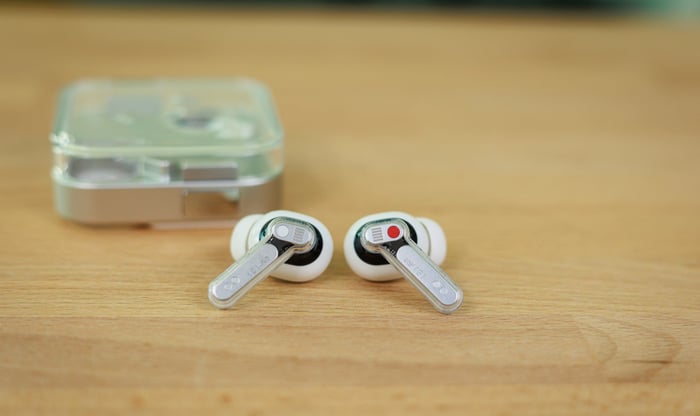
I have mixed feelings about the Nothing Ear (3). The sharp, bright sound caught me off guard. After some EQ tweaking, they settled into an enjoyable, lively profile. But needing to customize sound from the get-go means I wouldn’t recommend them as a first-pick for casual listeners. On the plus side, the Nothing X app offers exceptional sound customization.
I’d personally lean towards the previous generation (Ear 3 without a number) for a more balanced sound out of the box. But if you know your way around sound settings, you’ll be fine here.
ANC is underwhelming compared to Pixel Buds, AirPods Pro, or Sony WF-1000XM5 — they handle noise cancellation more effectively.
The Super Mic is surprisingly good, a clever feature likely to appeal to creators and influencers recording interviews or anyone frustrated by poor call quality. While it’s not a dealbreaker, it’s a smart bonus.
“Super Mic recording was rich, bassy, crystal-clear, as if I was in a quiet room.”
FAQ
- How does the Nothing Ear (3) compare to previous models?
The Ear (3) improves on driver size and adds the innovative Super Mic, but sound tuning is more polarizing and less balanced than the Ear (2). - Can the sound be adjusted?
Yes, the Nothing X app offers an advanced equalizer with presets, custom profiles, and a QR code sharing system. - Is the Super Mic useful?
The Super Mic excels in noisy environments, providing much clearer voice recordings than the earbuds’ built-in mics. - What about battery life?
Expect around 5.5 hours with ANC on and up to 10 hours with ANC off on the earbuds alone, extended by the case. - Does ANC perform well?
ANC is basic and works well with constant low-frequency noise but lets many sounds through, so it’s not the strongest feature here.
Looking to celebrate your love for audio gear in style? Shop your favorite album cover posters at our store and bring the vibe of your favorite tunes to your walls with Architeg Prints. It’s a subtle nod to your passion for sound and design.
 | DISCOUNTGET 30% OFF*Use code on your next order:
|
* This post may contain affiliate links, meaning we earn a commission if you make a purchase through these links, at no additional cost to you.



